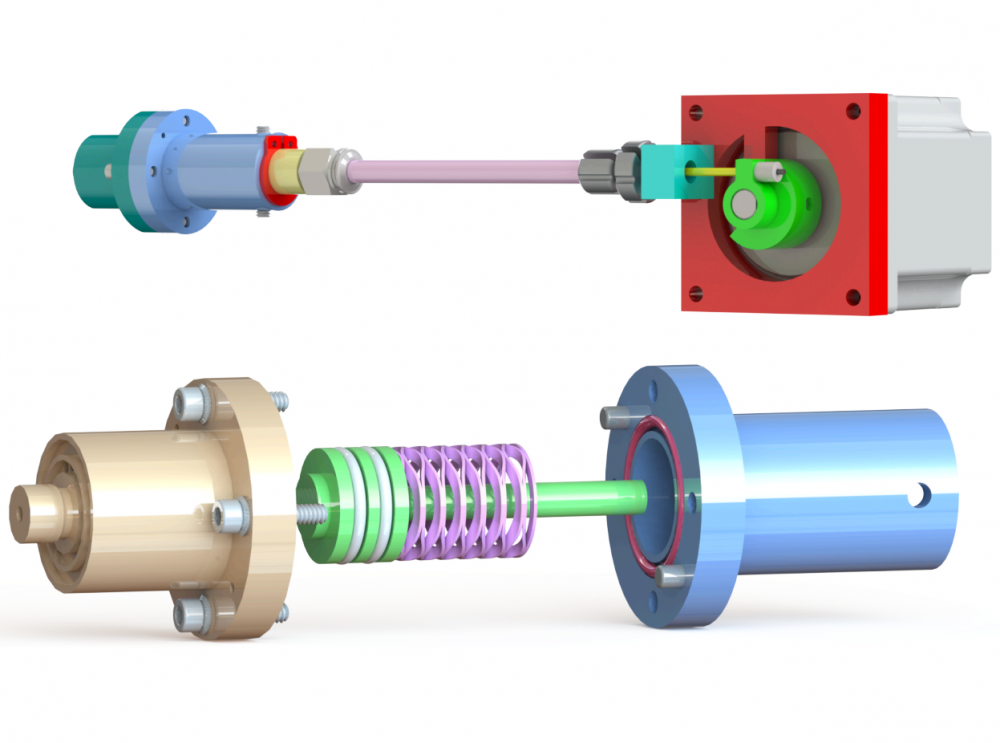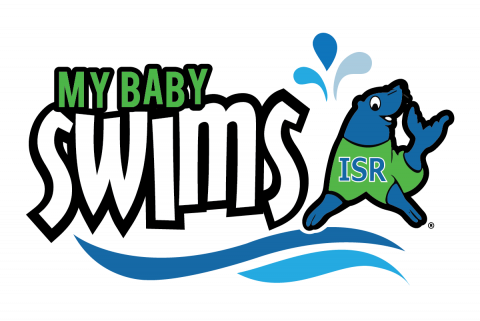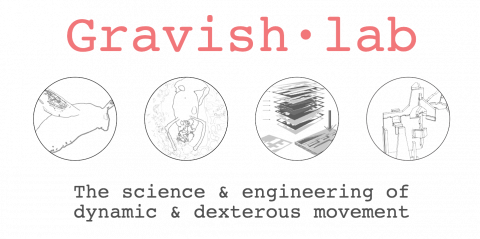Previous ASME Award Winner
Recent Departmental Runner Up Awards
Capstone Design Projects
Wavetank
2023-2024 - Spring
Team: 17
Team Members
Frank Pham
Justin Le
Alexander Yeh
Ian Tom
Hans Millan
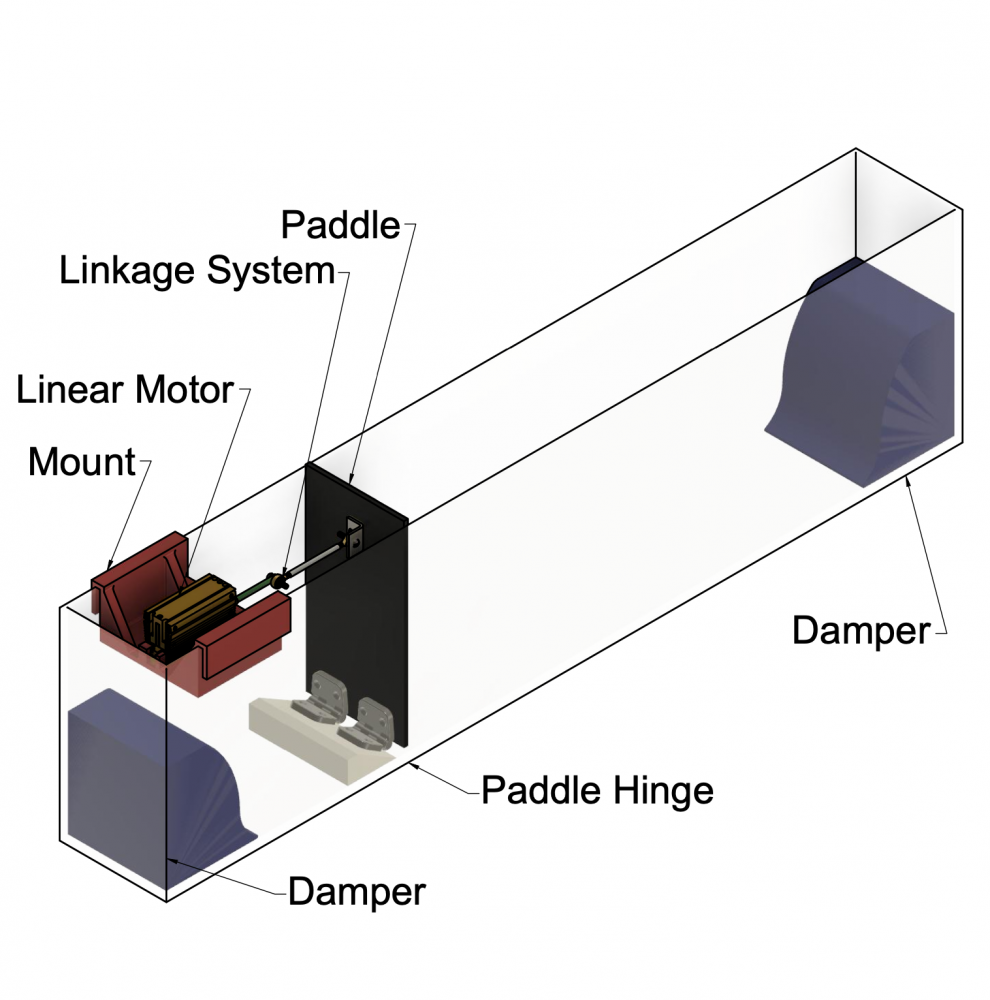
Kinematic Design and Prototyping of Sealed Portal for Commercial Sterilization Machine
2023-2024 - Spring
Team: 12
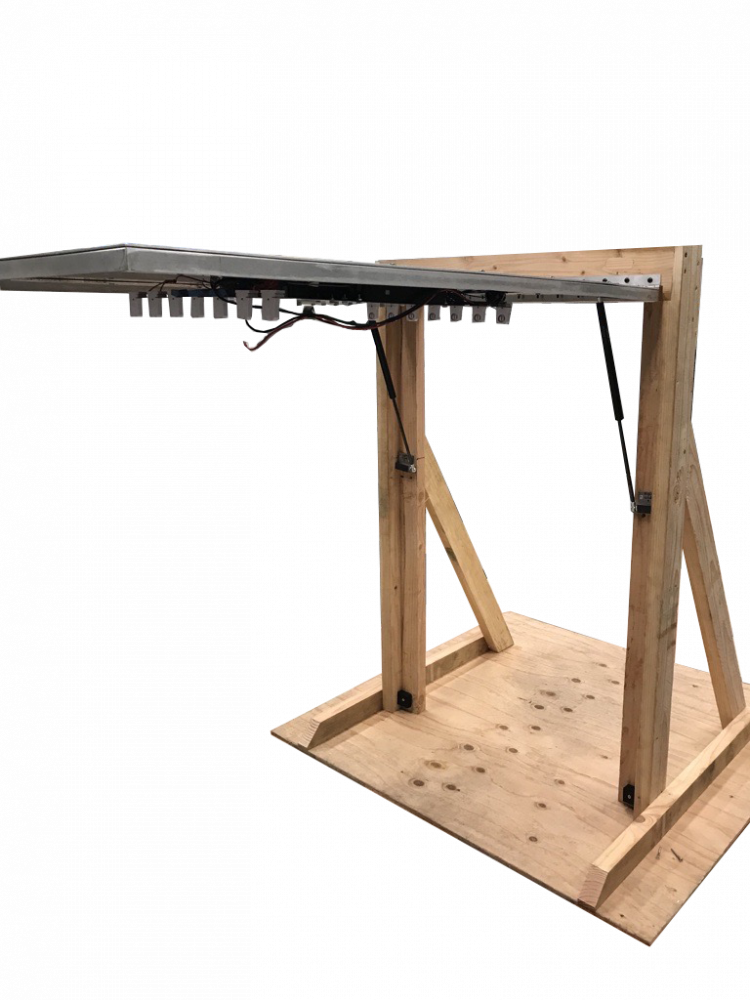
Random Positioning Machine
2023-2024 - Spring
Team: 26
Team Members
Andrew Copeland
Manuel Figueroa
Nicholas Maekawa
Nicholas Ratto
Vladimir Rubtsov
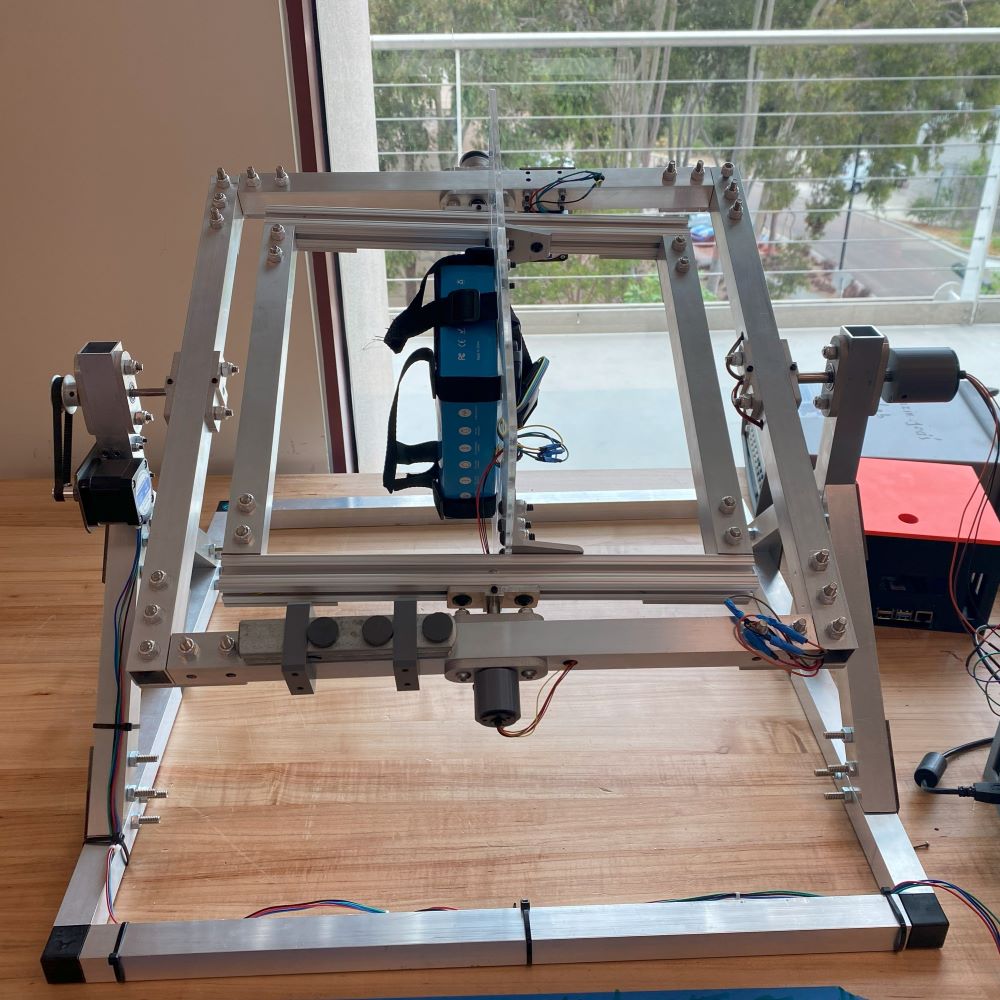
Oxygen Rescue Catheter
2023-2024 - Spring
Team: 10
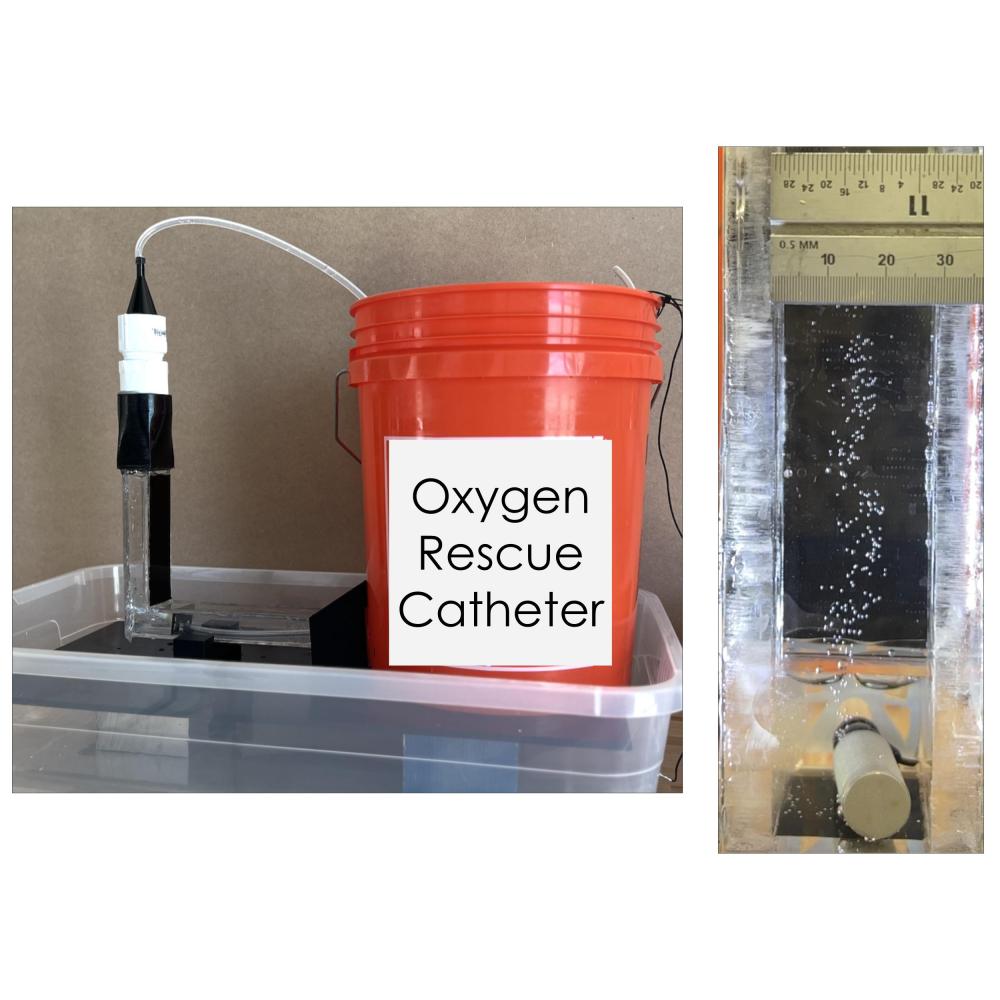
Sub Sea Sonics
2023-2024 - Winter
Team: 11
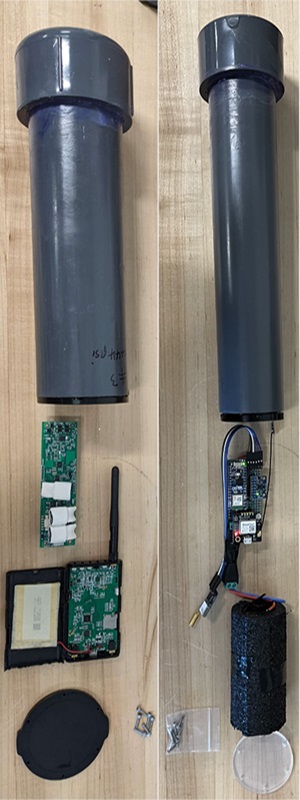
Kidney Transplant Pump
2023-2024 - Spring
Team: 16
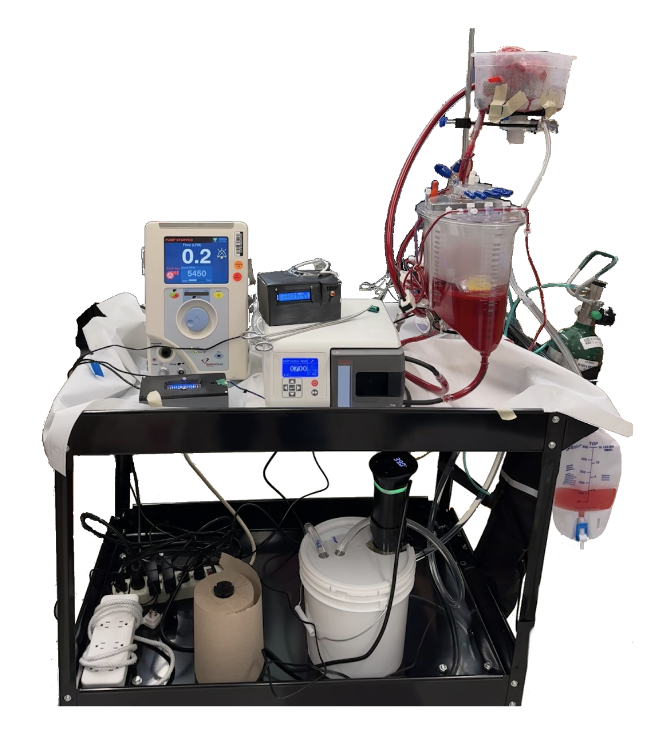
Neuroscience Accessory for Mice Brain Transverse Hippocampus Section
2023-2024 - Spring
Team: 11
Team Members
Diego Gonzalez
Elise Rehder
Griffith Nguyen
Sandra Naranjo-Heredia
Sydney Tom
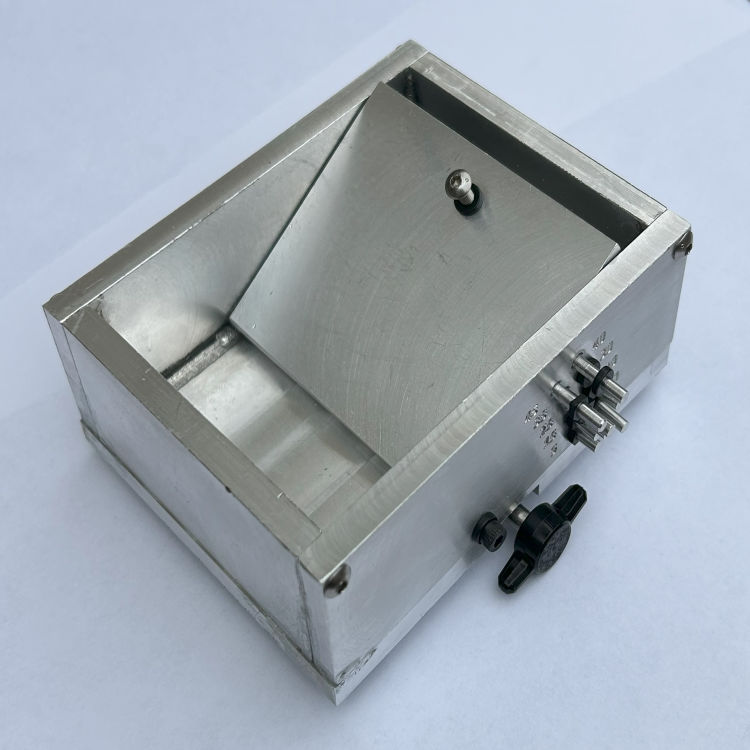
KickEase Pediatric Swim Trainer
2023-2024 - Winter
Team: 7
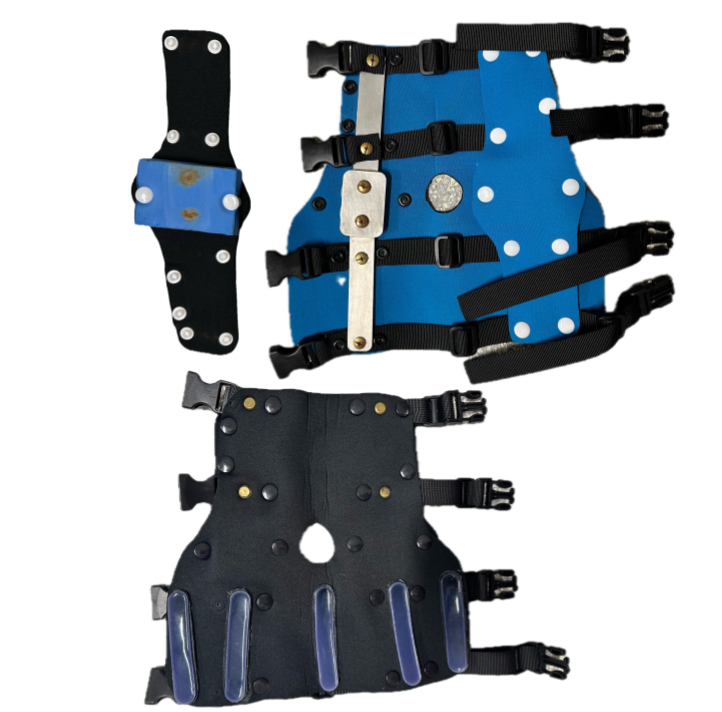
Single-Cell Microfluidic Chip Design and Fabrication
2023-2024 - Spring
Team: 8
Team Members
Conor Archdeacon
Theo Emery
Wesley Huszarik
Spencer Martin
Trevor Matthews
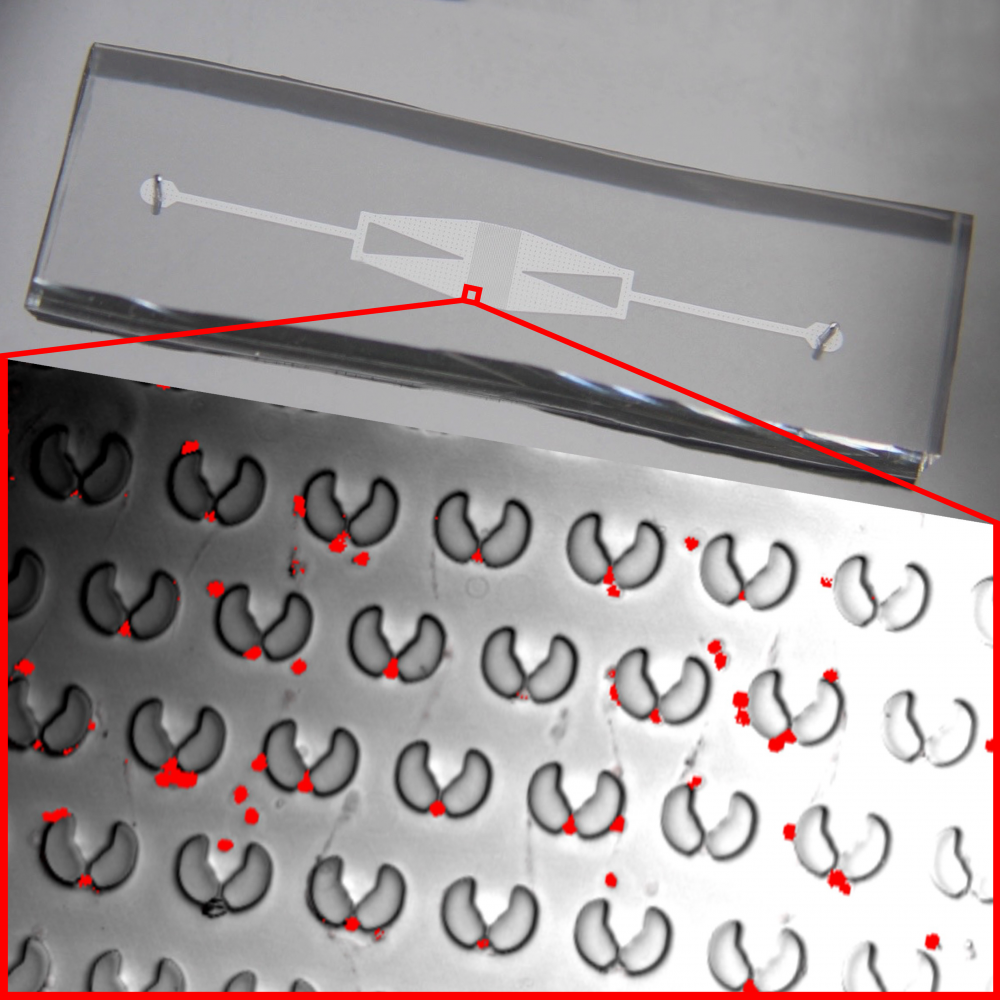
Solar Cell Lamination Automation
2023-2024 - Spring
Team: 7
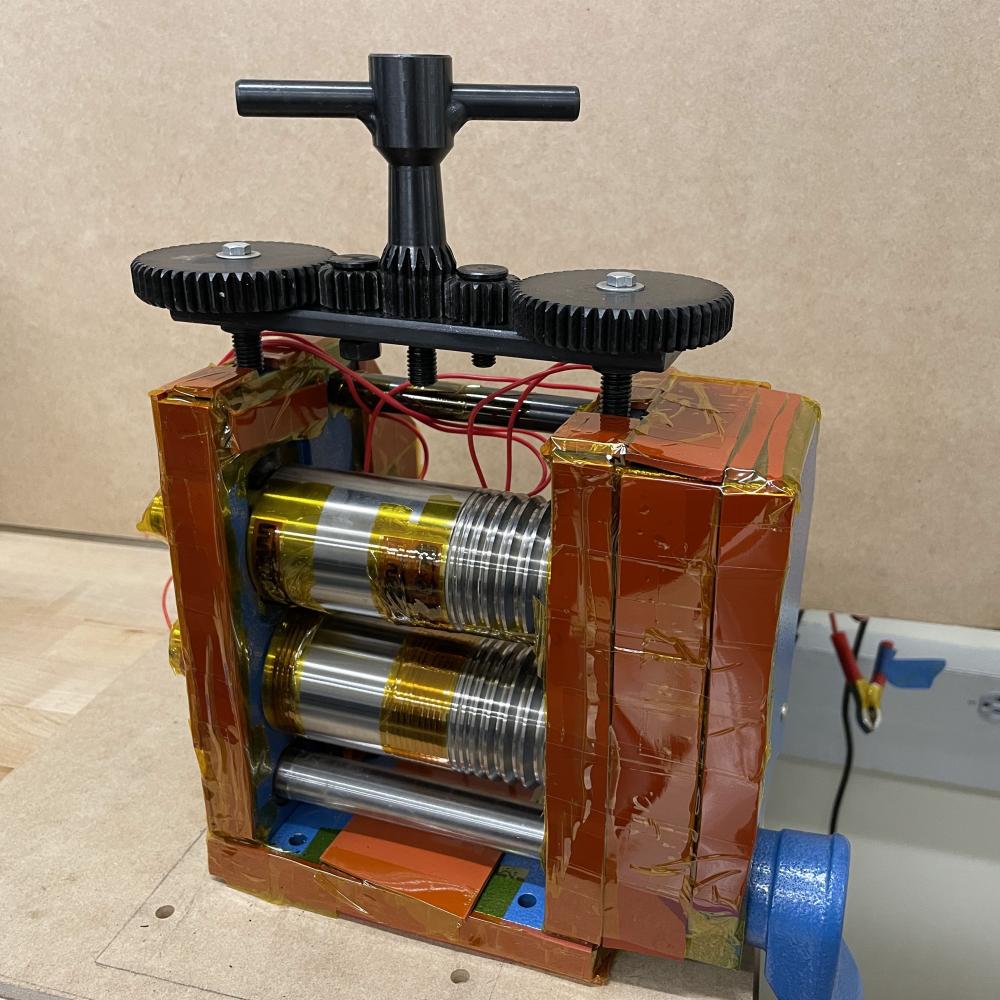
Smartfin
2022-2023 - Spring
Team: 27
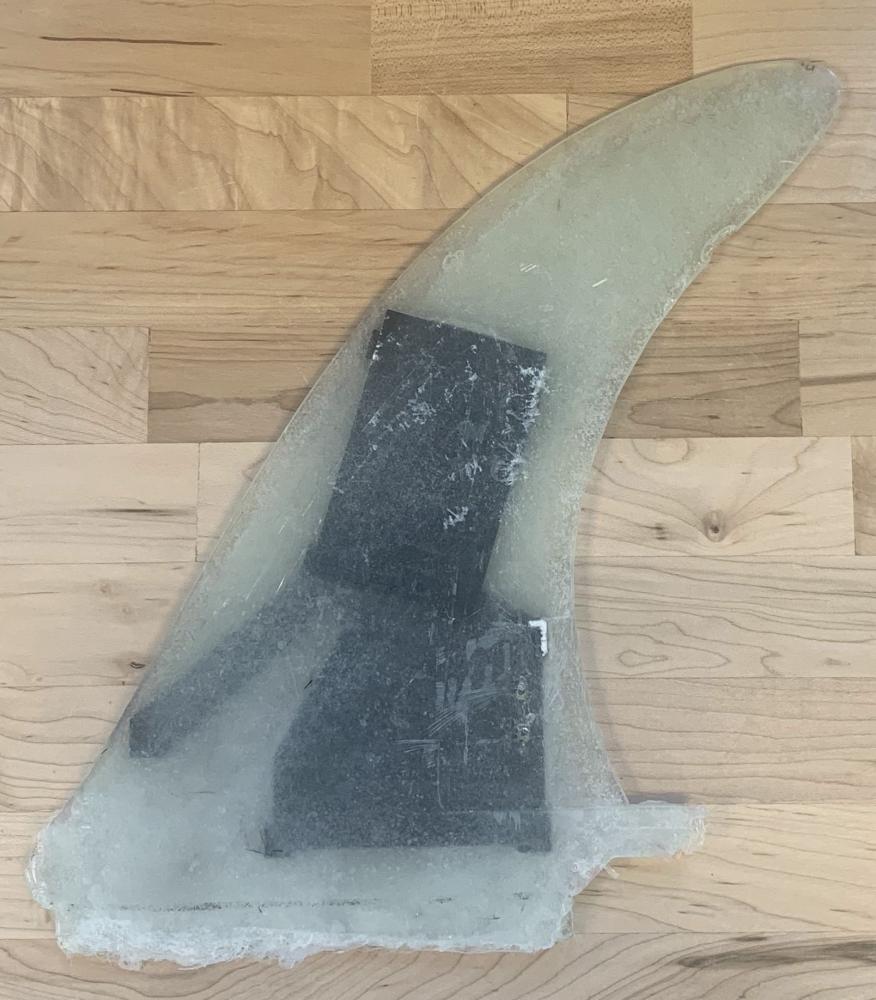
Instrumented Epidural Needle Injector
2022-2023 - Spring
Team: 31
High-precision system for humidifying dry air streams in greenhouse gas analyzers
2022-2023 - Spring
Team: 29
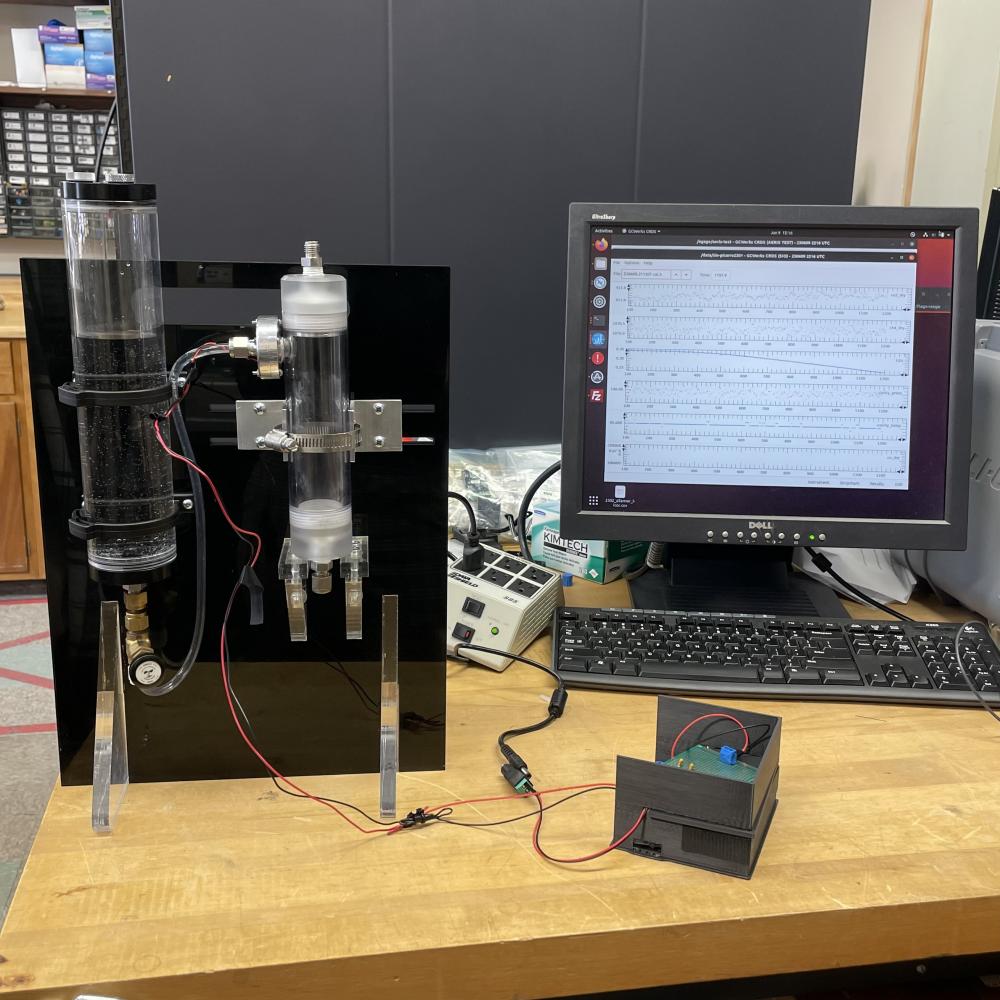
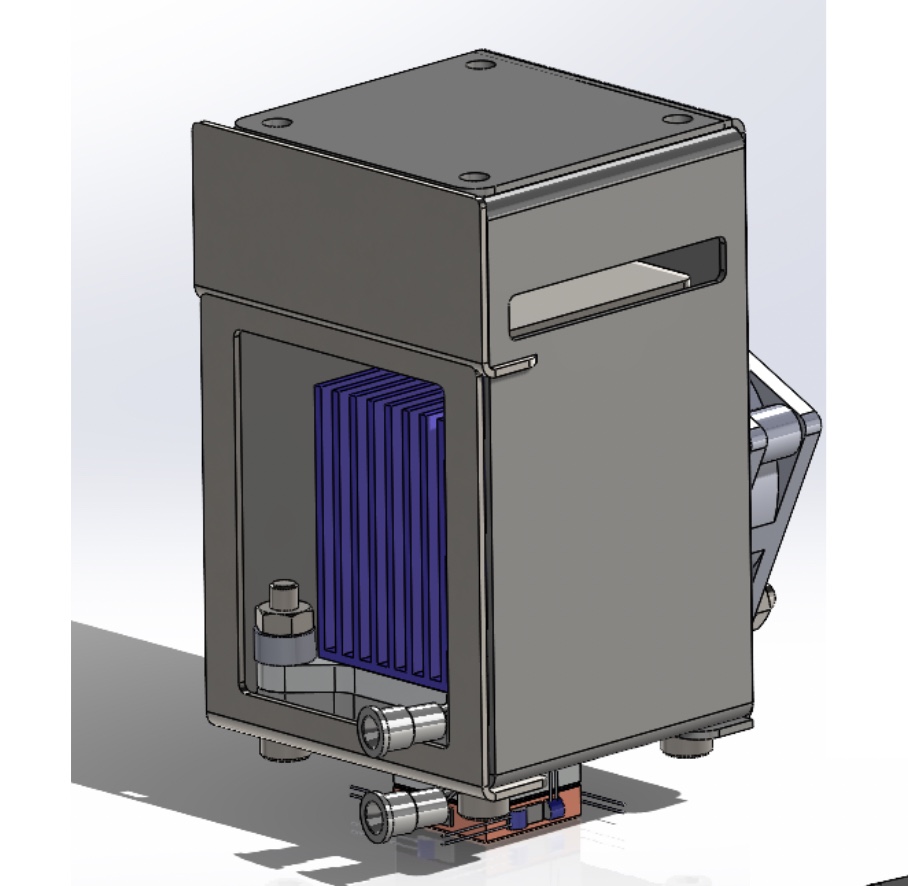
An Underwater Robotic Vehicle For Plankton Imaging
2022-2023 - Spring
Team: 30
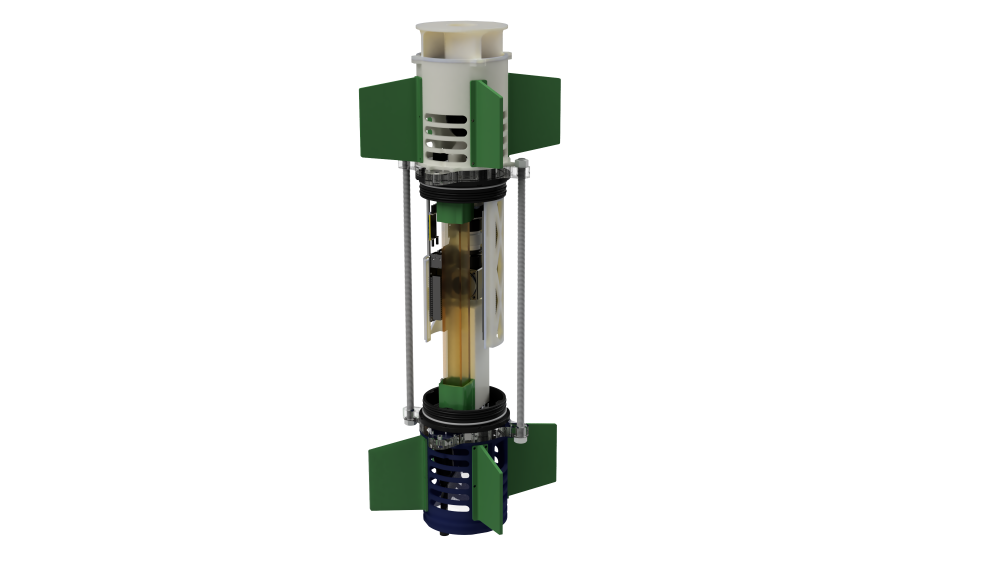
Ocean Well RO Membrane Characterization
2022-2023 - Spring
Team: 28
Team Members
Parker Knopf
Jennifer Hernandez-Mora
Nikhil Iyengar
Karina Plascencia
Jaden Gilliam
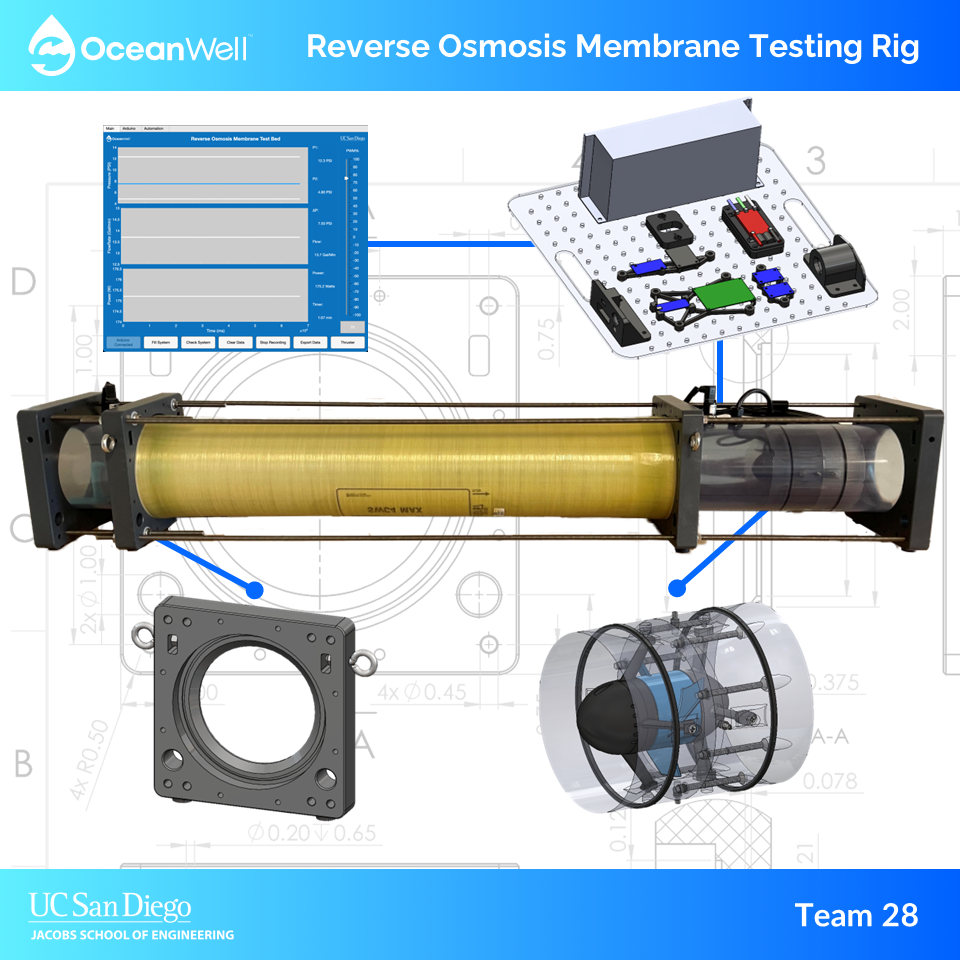
Adaptive Motorized Swing
2022-2023 - Spring
Team: 1
Team Members
Fadi Shaba
Brandon Char
Faith Edrosolano
Angelica Stuczynski
Roman Schlichting
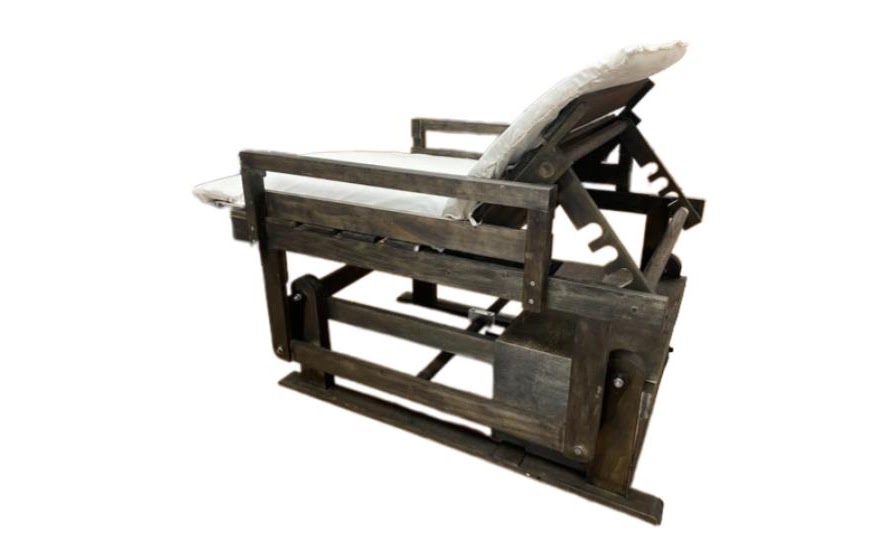
Ionic Cleaning System for Optical Surfaces
2022-2023 - Spring
Team: 2
Team Members
Manuel D. Ochoa-Ochoa
Roberto S. Medina
Erik D. Mauricio Jimenez
Luis E. Cruz Acosta

Sound Imaging's MRI Visor
2022-2023 - Spring
Team: 3
Team Members
Blake Iwaisako
Isaac Kim
Kevin Nouneh
Ibrahim Shalwani
Ryan McKinney
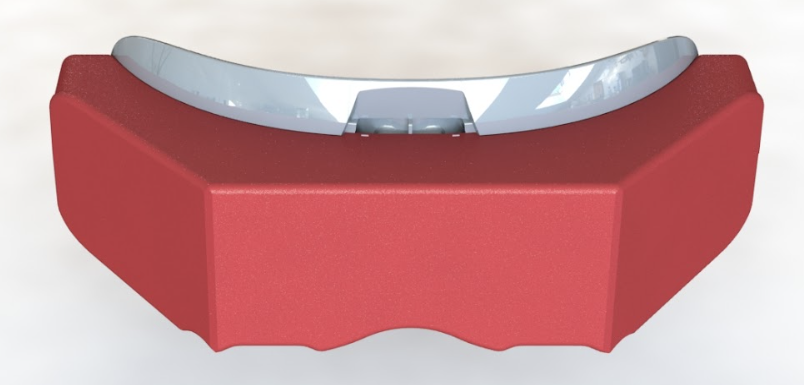
Elephant Behavior Monitoring Anklet
2022-2023 - Spring
Team: 20
Team Members
Janet Hawatmeh
Jason Howard
Tara Len
Christina Neil
Jolie Tran
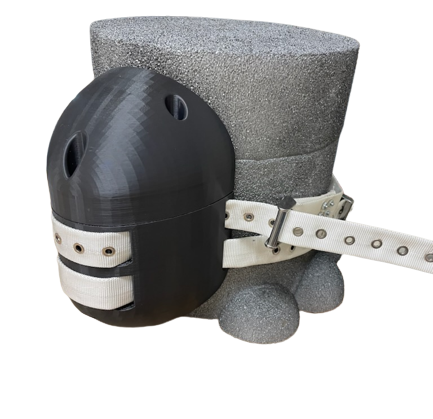
Microinjector System to Study Cell Migration
2022-2023 - Spring
Team: 4
TritonAI Autonomous Racing eVGoKart Emergency Brake
2022-2023 - Spring
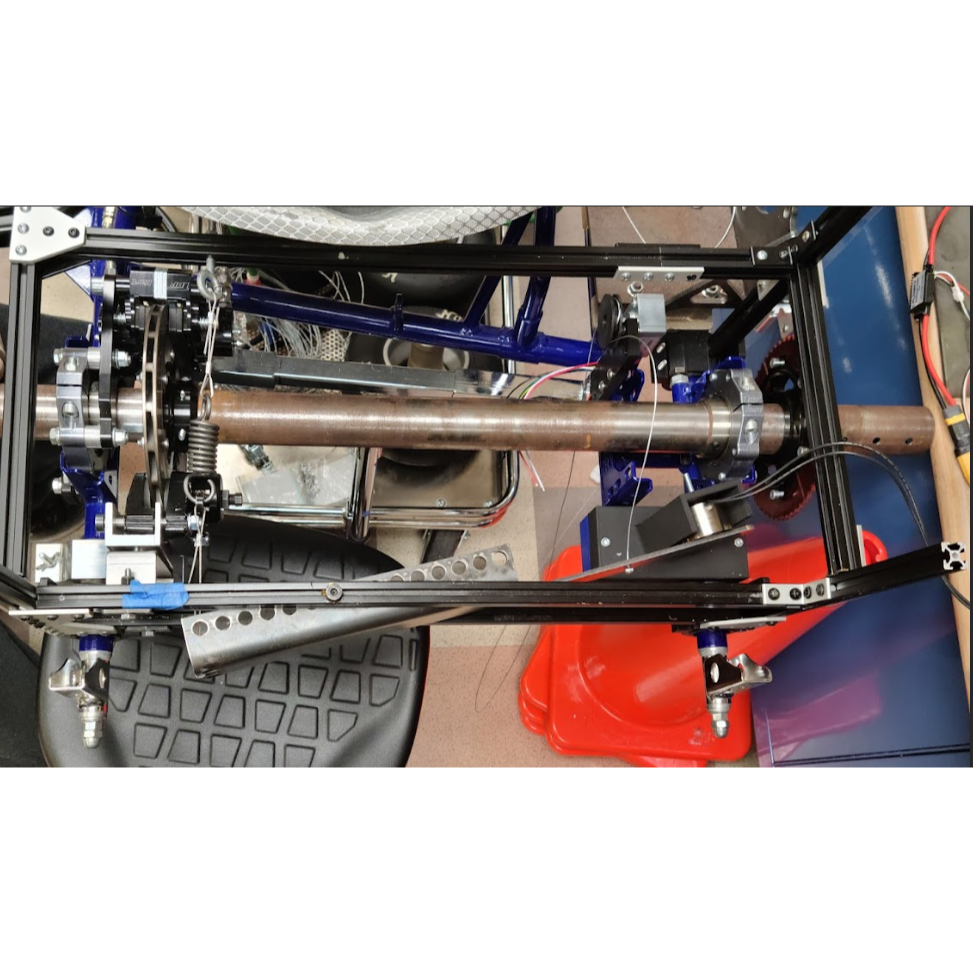
Low Cost Microsurgical Training Instrument
2022-2023 - Spring
Team: 5
Team Members
Allison Lee
Christina Tensfeldt
Suhayb Adan
Ryan Tran

3D Terrain Scanner
2022-2023 - Winter
Team: 5
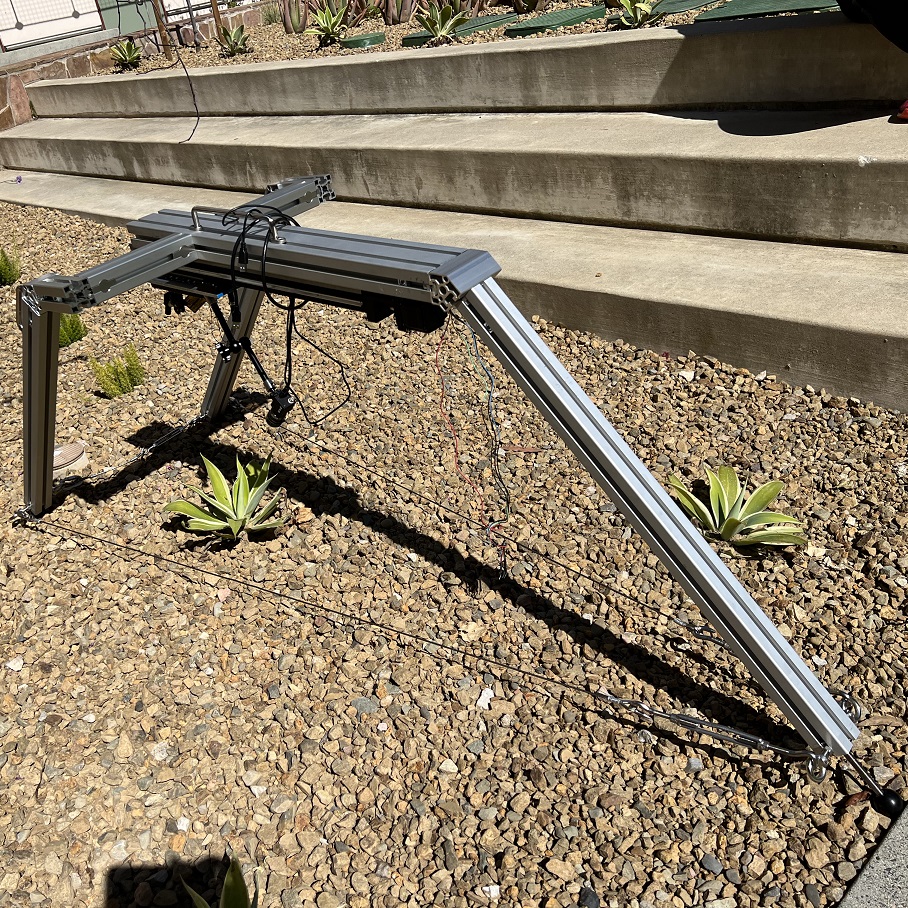
Neonatal Resuscitator
2022-2023 - Spring
Team: 6
Team Members
Ahmed Cheruvattam
Howard Tsang
Umar Usman
Warren Chang
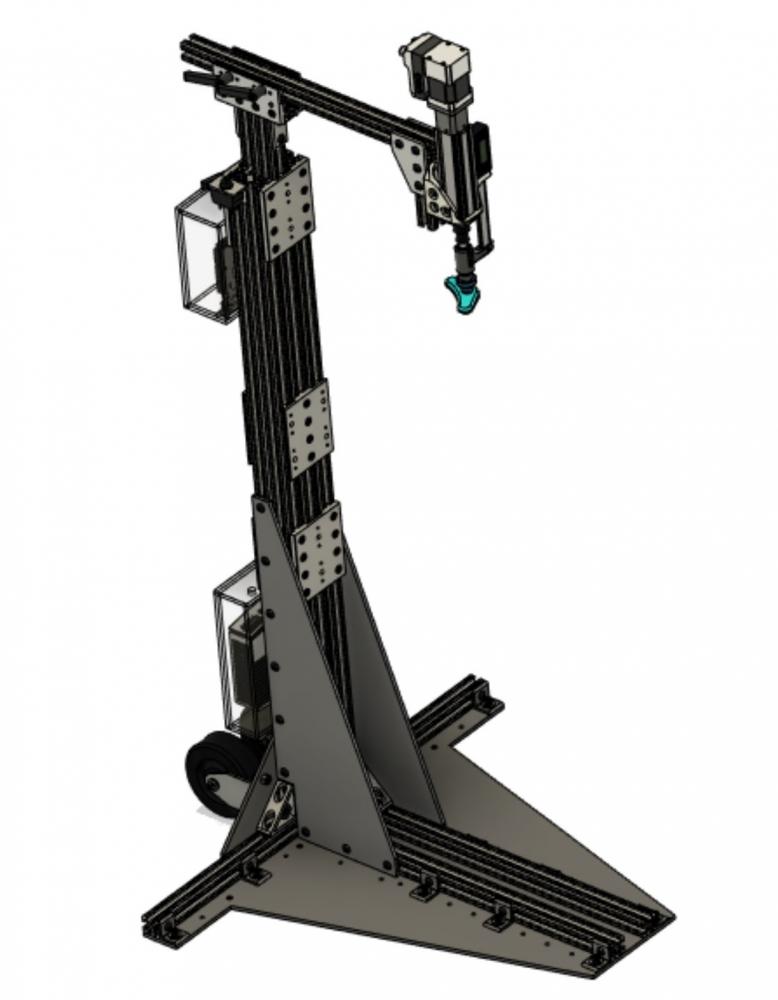
Mock Flow Loop for Novel Endovascular Surgery Graft Creation
2022-2023 - Winter
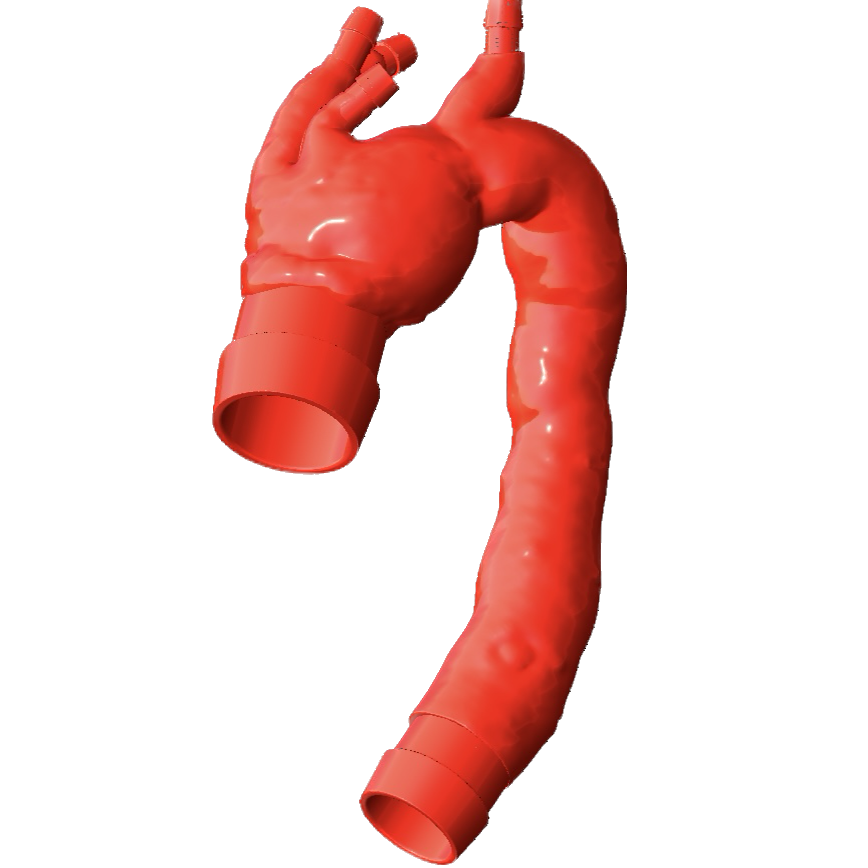
James Webb Space Telescope Replica
2022-2023 - Winter
Team: 8
Team Members
Team Member 1: Natalia Bautista
Team Member 2: Jian Qin
Team Member 3: Benjamin Noriega
Team Member 4: Yuhuai Song
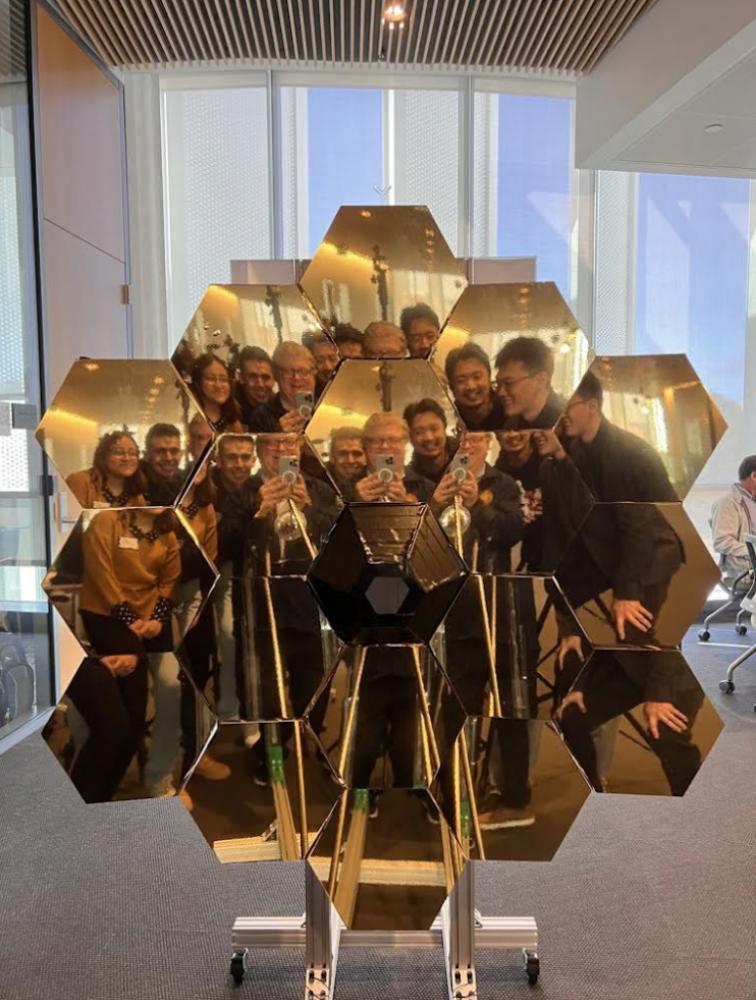
Orthopedic Fracture and Dislocation Reduction Trainer
2022-2023 - Spring
Team: 7
Team Members
Michael Zeng
Manuel Secundino Delgado
Weisen Liu
Marcela Muñoz Martinez

Design of a Miniature Flow Control Valve
2022-2023 - Spring
Team: 26
Team Members
Bora Gursel
Manoel Aguirre Lara
Michael Gigoux
Matthew Cordova
Anannaya Vij
subsequent integration of a remote actuated flow valve into a self developed test stand in order to test
semiconductors, thermal subsystems, and semiconductor automated test equipment to be used
by a wide range of industries, including but not limited to automotives, and aerospace.
